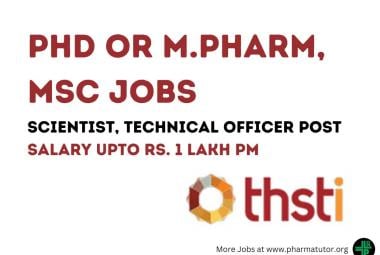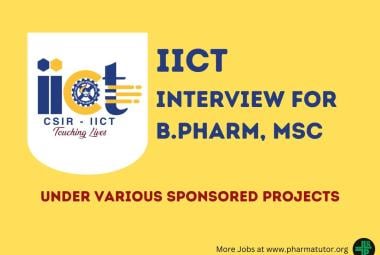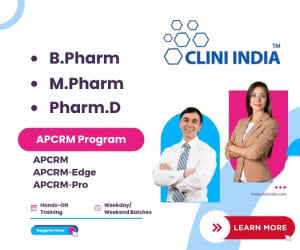RESEALED ERYTHROCYTES - AS A CARRIER
{ DOWNLOAD AS PDF }
 ABOUT AUTHORS:
ABOUT AUTHORS:
Meenu Sharma*, Saroj jain
Department of Pharmaceutics, Hindu college of pharmacy
Panchayat Bhawan, Gohana Road, Sonipat (Haryana)
meenu99sharma@gmail.com
ABSTRACT
Amongst various carriers explored for target oriented drug delivery, vesicular, microparticulate and cellular carriers meet several criteria rendering them useful in clinical applications. Lymphocytes, leukocytes, platelets, granulocytes and erythrocytes have been proposed as a cellular carriers. Erythrocytes, also known as red blood cells, and have been the most extensively investigated and found to possess great potential in novel drug delivery. The biocompatibility, non- pathogenicity, non-immunogenicity and biodegradability make them unique and useful carriers. The prime function of these RBCs is to transport gases for respiratory processes. Carrier erythrocytes are prepared by collecting blood sample from the organism of interest and separating erythrocytes from plasma. By using various methods the cells are broken and the drug is entrapped into the erythrocytes, finally they are resealed and the resultant carriers are then called "resealed erythrocytes". Erythrocytes have been proposed as a carriers for a wide range of bioactive components including drugs enzymes, pesticides, DNA molecules and others.



 About Authors:
About Authors:  ABOUT AUTHORS:
ABOUT AUTHORS:  About Authors:
About Authors:  About Author:
About Author:  About Authors:
About Authors:  About Authors:
About Authors:  About Authors:
About Authors: ABOUT AUTHORS:
ABOUT AUTHORS: 







.png)

